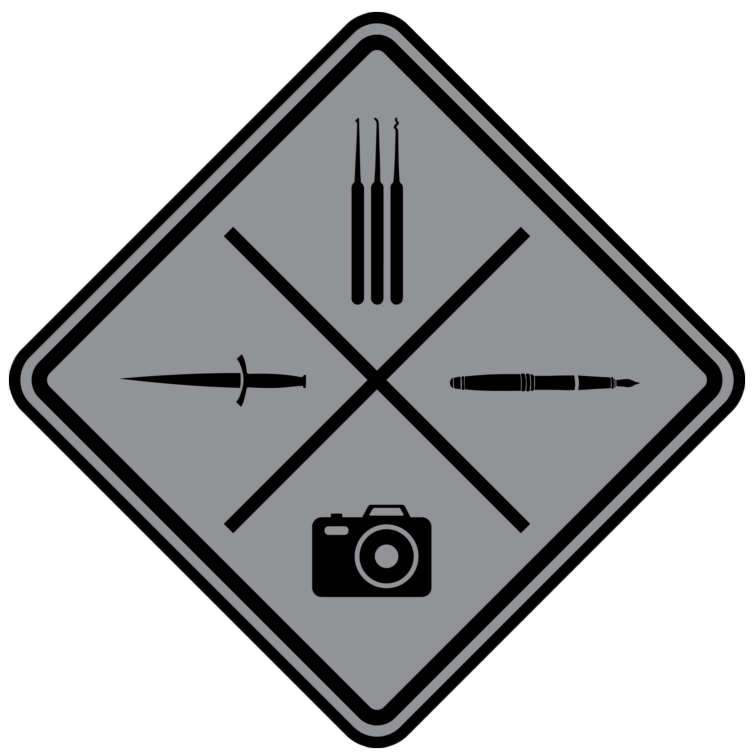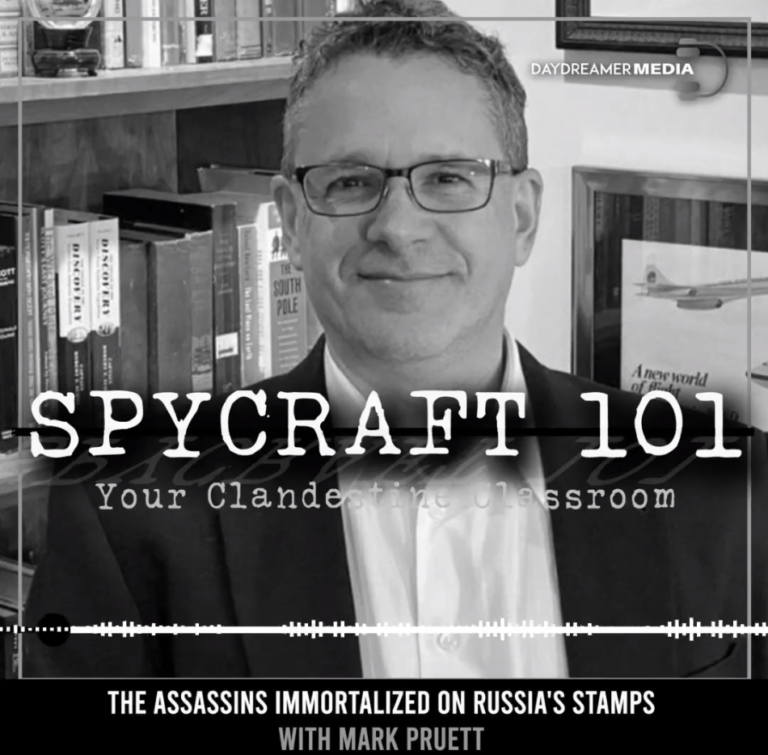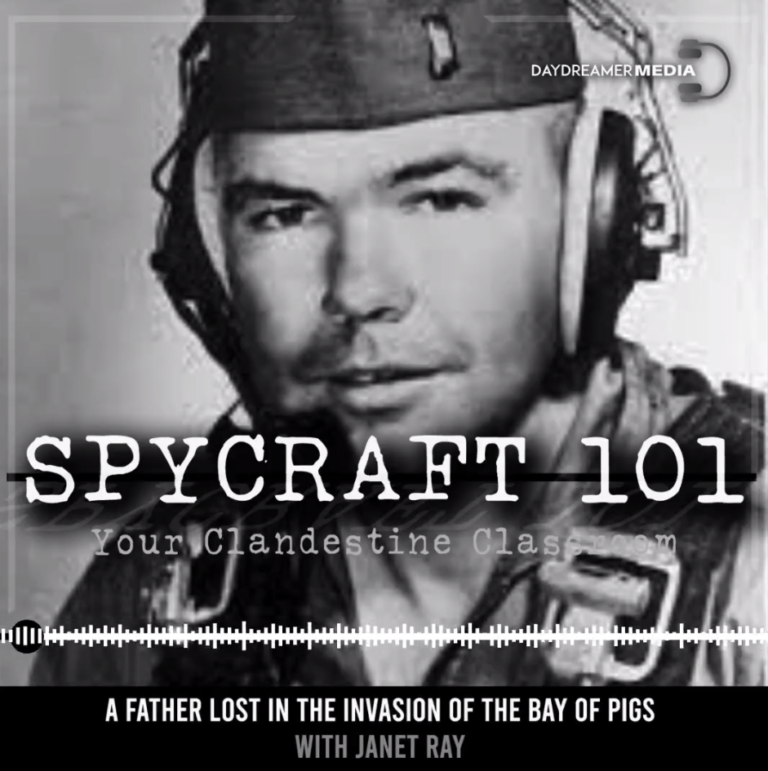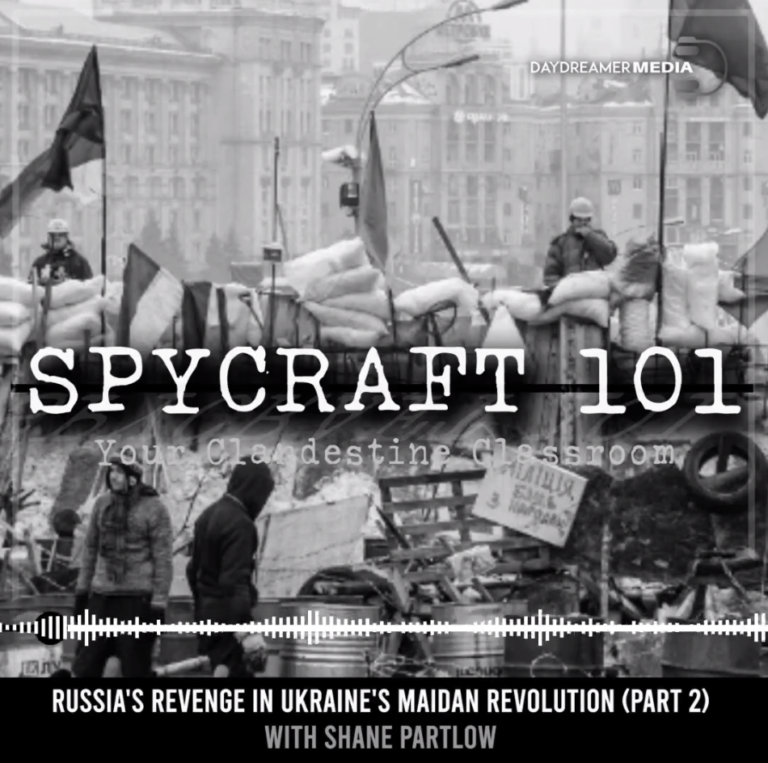Members of the US Military Liaison Mission frequently went on dangerous reconnaissance missions inside East Germany, in full uniform. From 1947 until 1990, each of the four major powers occupying divided Germany created liaison organizations which were ostensibly intended to promote communication and peace. Instead, the Soviet Union, France, the United Kingdom, and the United States immediately began using these small units of trained intelligence personnel to spy on each other.
The vaguely-worded agreement made in 1947 led to uniformed personnel from all sides brazenly following and photographing their adversaries during training exercises throughout the two Germanys. Conflicts and confrontations abounded. The Soviets and their partners in the East German Stasi were soon working to sabotage, subvert, injure, and even kill the NATO personnel as soon as they crossed into East German territory. Liaison vehicles were rammed, shot at, and even crushed. A French officer was targeted and deliberately killed in 1984, and the following year US Army major Arthur Nicholson was shot to death by a Soviet sentry.
Despite the risks, the Liaison Mission personnel, or “Missionaries” as they were known, consistently uncovered highly valuable ground-level intelligence on the Soviet and East German order of battle, as well as the capabilities of new equipment fielded to the front lines of the Cold War. They used highly customized American muscle cars in the early years, switching to Mercedes G-Wagens later on.
For episode 23 of the Spycraft 101 podcast I spoke with Aden Magee, a retired US Army counterintelligence officer and the author of The Cold War Wilderness of Mirrors: Counterintelligence and the U.S. and Soviet Military Liaison Missions 1947–1990. We discussed the accomplishments and dangers associated with the Liaison Missions, their impact on the Cold War, as well as the Foreign Counterintelligence Activity, a little-known unit within the US Army which went toe-to-toe with the Soviets and East Germans through surveillance and countersurveillance.



